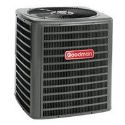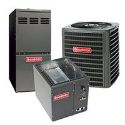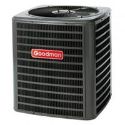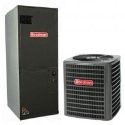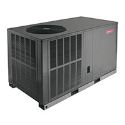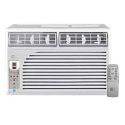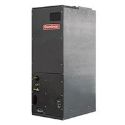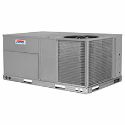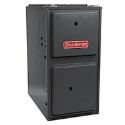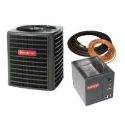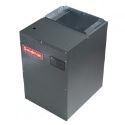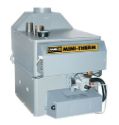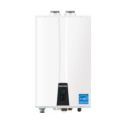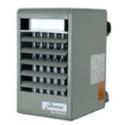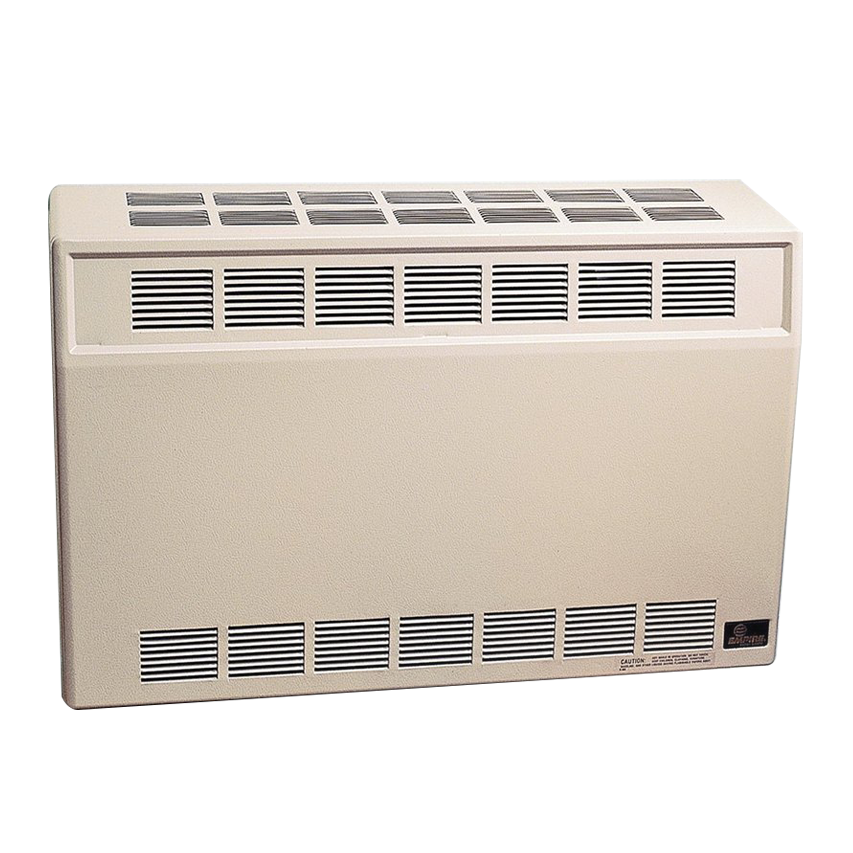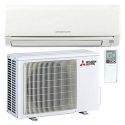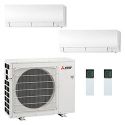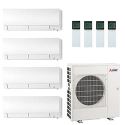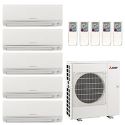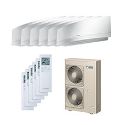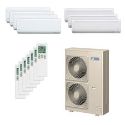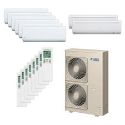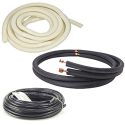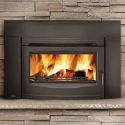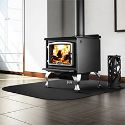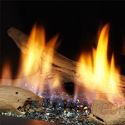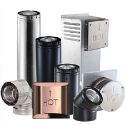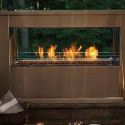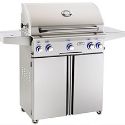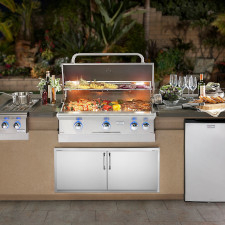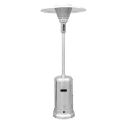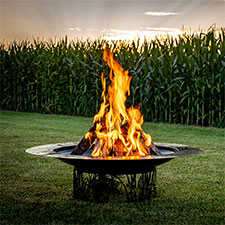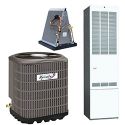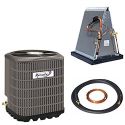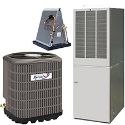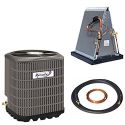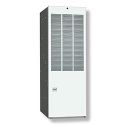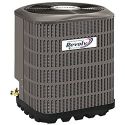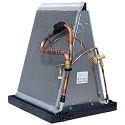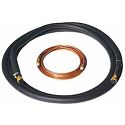Top 8 Mistakes When Purchasing HVAC
Incorrect Sizing
Logic would tell you that having an under sized HVAC system would be a bad thing, but bigger is not always better in the HVAC world. The absolute best way to size a system would be to have an HVAC technician perform a task called a Manual J which will consider a multitude of variables that would affect a heating or cooling system. Unfortunately, a Manual J does cost money and trying to do one your self may cost even more. You can still get a close estimate for most residential homes with an online calculator. These calculators will take into consideration at least the square footage of the space as well as your location. Some of the more sophisticated calculators will add things like insulation type, desired temperatures, or how many floors there are. There is real science and math behind these calculators and you can find out more about that here.
Here are the problems with an undersized system; it will struggle to keep the temperature where you desire it to be, if it cannot achieve the desired temperature it will run constantly, and this will wear the system parts down quickly. This ultimately leads to a premature and costly replacement.

Under sizing can be a problem in both AC units and furnaces. An under sized AC unit will mostly just result in discomfort and the aforementioned premature system failure. An undersized furnace can lead to discomfort as well or to frozen pipes in extreme cases.
An oversized unit will turn on and off in short periods of time, known as short cycling. Short cycling can cause excess wear on parts of the system. Imagine flipping a light on and off constantly, consider how long it would last when compared to a light that is used normally. Another issue with oversized systems would be how they heat or cool an area. For this example, I will use a furnace. If a furnace turns on and heats up the area in 10 minutes most of the heat will be in the air (that passed through the furnace) which means all the objects that do not heat up as fast as air will still be cold and will cool the room down quickly when the furnace turns off. A properly sized system will heat (or cool) for a longer period of time allowing objects to change temperature as well. Getting the right size system is important for keeping your home comfortable.
Inadequate Efficiency
Another common mistake when purchasing HVAC systems is selecting a unit with efficiency below what is required for where you live. That’s right! The efficiency of the unit is not just about how much you will spend running it, but it is actually illegal to install a system if the efficiency does not meet requirements.
- Northern states can install a 13 SEER AC or higher while heat pumps are 14 SEER and 8.2 HSPF or higher.
- Southern states must have at least 14 SEER AC or higher as well as 8.2 HSPF for heat pumps.
- Southwestern states in addition will need 12.2 EER for systems under 45,000 Btu and 11.7 for systems over 45,000 Btu.
Below are how the states are broken up

Mismatched Venting
Furnaces can be separated into two different categories. High efficiency and low efficiency. A high efficiency furnace would be any furnace rated 90% or above and it would use a PVC venting. A low efficiency furnace is any furnace rated lower than 90% and uses metal venting. Metal venting must go up and out the roof, while PVC Venting can go up and out a side wall.
If you currently have an 80% furnace, then it is recommended to stay at that efficiency unless you plan on having the extra PVC vent work done as well. If you currently have a 90% or higher efficiency furnace, then make sure the new furnace is over 90% as well so you can reuse the PVC vent
Mobile Homes
Systems in a mobile home are different than in a residential stick-built home. The reason for this is that mobile homes typically utilize a smaller duct work system. This means the furnace or air handler will need to have a different size blower to accommodate this change. If you are in a mobile home, make sure you check to that the system you are looking at is compatible with mobile home ducting.
The reason smaller duct work is an issue is because of static pressure. This is a fancy term for how much pressure the air is pushing against the blower motor. For example, if you took a marshmallow and pushed it into a cup, easy right? That is like a regular furnace pushing air through a residential home’s ductwork. Now take the marshmallow and push it through a straw, did you do it? The straw is like the smaller ductwork and will take more force to push air through which is why you would need a blower designed for a mobile home
Air Flow Misdirection
It is important for you to select the air flow direction that will best fit your home. If you already have a furnace check and make sure you get the same air flow direction in the new furnace.
There are three air flow directions. Upflow, Downflow, and Horizontal (as pictured below)

The most common type is the upflow direction. If your furnace is in a basement or on a main floor, then there is a good chance it is upflow. Downflow furnaces are very common in mobile homes but can also be found in residential homes as well. Horizontal furnaces are mostly found in crawlspace or attic applications where a vertical furnace would not be able to stand up.
There are many furnaces that are multi positional which means they can be used in all three air flow configurations. There are also furnaces that can be used in just two directions like upflow and horizontal or downflow and horizontal. Just make sure when you select a new system it matches the air flow you currently have.
Package or Packaged?
A package unit usually refers to the single piece unit that sits on a roof or next to the building and connects through ductwork. A package unit is a great option for homes that do not have the space to put an indoor air handler or furnace.
This is not to be confused with a split system that is packaged together for compatibility purposes. Split systems will have an outdoor unit and an indoor unit connected by copper refrigerant lines.
There are quite a few differences between these two types of unit’s installation process, so it is important to check that you are getting the correct one for your application.
Total Costs
If you have been shopping for HVAC for any sort of time, I am sure that you have received shocking quotes for many thousands of dollars to get it done. Typically, an HVAC contractor will upsell the system they want to install quite a bit. They can do this because they have somewhat of a hold on the market, but! It does not have to be this way. You can purchase HVAC systems online and have it shipped to your house from a site like ours HVACDirect.com and it’s a great price.
On the other end of the spectrum you may see the prices on our site and expect to get it all installed for that price. Unfortunately, that is not the case, you will still need to pay an installer to put it in for you properly. Installation costs can vary but an average cost for a furnace, air conditioner, and coil would run around $1500 while just an air conditioner or furnace would run around $750 plus material costs. This may sound like a lot, but it can save thousands compared to the bids some contractors put out.
I’ll Do It Myself
There are many DIY’ers out there and you may be thinking “why not put in this HVAC system myself if the install cost is so much”? It is not impossible to do yourself, but it is definitely not recommended. Many parts of the installation process take special tools that home owners do not usually have. For instance, you need tools that are used for the copper line set charging process that would cost around $800 as well as the knowledge of how to use them.
Common mistakes like connecting the lines through the wrong means, incorrect gas line connection, improper return sizing, electrical issues, or poorly designed draining can all be costly and sometimes dangerous. Sizing ducts can definitely be an issue, if you do not get it right. There are charts that can help give you an idea of what you need like this one, but it really is best to save yourself the hassle of installing and get it done professionally. You only get 1 real mistake with gas or electricity. Many manufacturers of HVAC systems even offer a warranty if it is installed by a licensed HVAC technician which will protect you if there are any manufacturing defects.
Recap
- Make sure you pick the right size system for your home
- Check the efficiency requirements of your area
- Check your furnace venting type
- If you are in a mobile home, verify the system is compatible
- Select the correct airflow configuration
- Verify that your system is a package unit or a split system
- Get it done professionally
- Don’t let contractors pull the wool over your eyes and buy direct
 Shopping Cart
Shopping Cart



